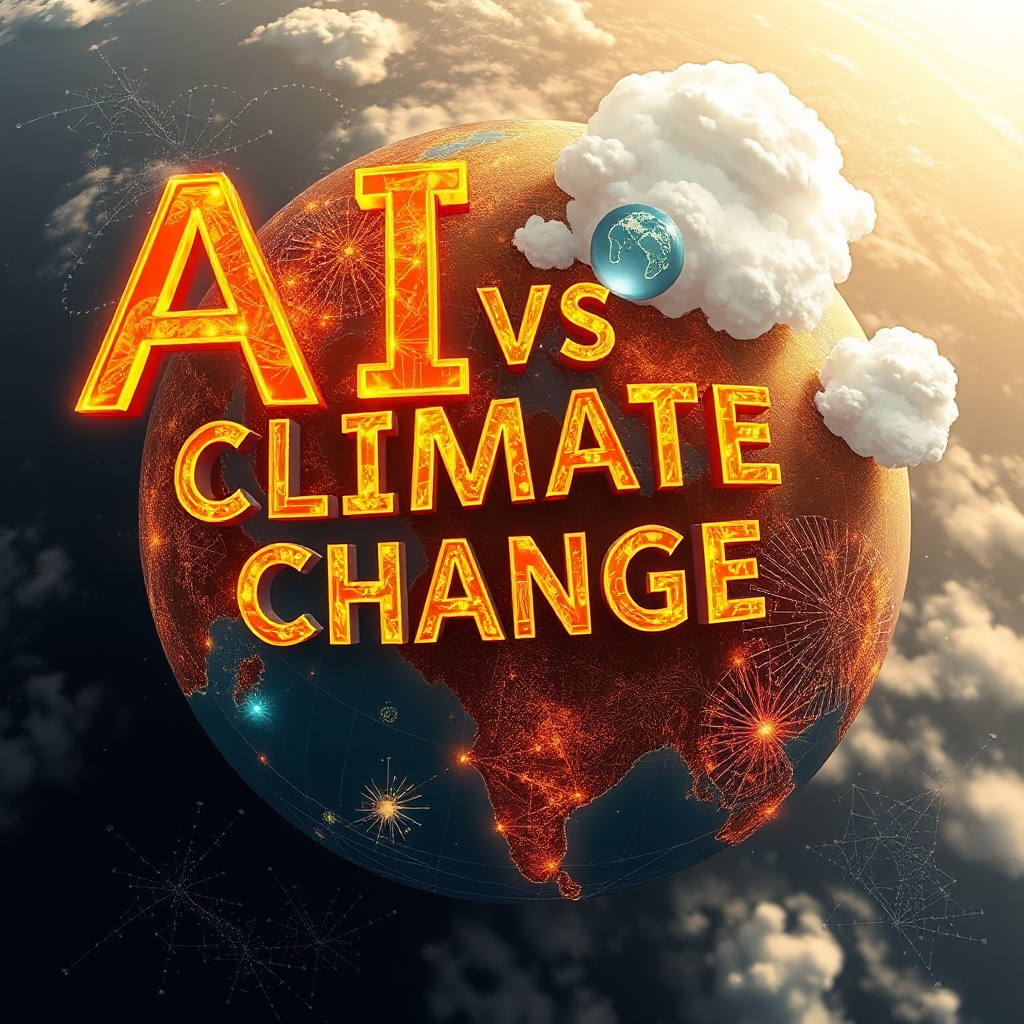
(AI) is rapidly changing the fight against climate change by enabling real-time tracking of greenhouse gas emissions across the globe. Traditional methods of emissions monitoring relied heavily on self-reported data and periodic surveys, often resulting in delays of one to two years before actionable information became available. Today, AI-driven platforms like Climate TRACE are revolutionizing this process, providing monthly updates and near-instant insights into who is polluting, how much, and where.
At the heart of this transformation is the integration of AI with data from satellites, sensors, and IoT devices. Climate TRACE, for example, uses a network of 300 satellites and over 11,000 remote sensors to monitor emissions from more than 70,000 locations worldwide, including power plants, factories, ships, and even individual mines. AI algorithms analyze this vast stream of data, spotting subtle differences in satellite imagery and operational patterns to deliver a detailed, real-time emissions snapshot. This level of granularity allows policymakers, businesses, and the public to hold polluters accountable and make informed decisions about climate action.
AI’s role goes beyond just data collection; it also enhances the accuracy and predictive power of climate models. Machine learning systems process enormous datasets, identify patterns, and improve forecasting for extreme weather events, deforestation, and ice cap melting. By continuously refining these models with new data, AI helps scientists and governments anticipate climate risks and prepare more effectively for natural disasters and long-term changes like sea-level rise.
Businesses are also leveraging AI-powered platforms to track and reduce their carbon footprints. Tools like WattCarbon’s Aristotle and CO2 AI offer real-time carbon measurement and verification, integrating with smart energy meters and supply chain data to provide transparent, granular insights into emissions performance. These platforms not only support regulatory compliance and ESG reporting but also help companies optimize their operations and demonstrate the financial benefits of decarbonization to stakeholders.
The implications for climate policy are profound. With timely, accurate data, governments can design more effective regulations, target enforcement efforts, and evaluate the real-world impact of climate initiatives. The transparency provided by AI-driven monitoring also reduces the risk of greenwashing, as independent third-party verification becomes the norm rather than the exception. This shift is likened by climate leaders to the introduction of a “global climate dashboard,” offering the kind of up-to-date information financial markets have long taken for granted.
Looking ahead, the future of AI in climate change mitigation is bright. Advances in machine learning, deep learning, and edge AI are expected to further automate and accelerate climate monitoring, forecasting, and policy evaluation. As these technologies mature, they will empower policymakers, businesses, and communities to operationalize climate solutions more efficiently and effectively, driving progress toward a more sustainable world






